Resetting a BMW key fob can be a simple yet essential process to ensure your key functions properly. Whether you’re experiencing unresponsiveness or wish to sync a new key to your vehicle, understanding the steps involved can save time and frustration. This guide will walk you through the process of how to reset BMW key fob, making it easy to reset your BMW key fob and restore its functionality.
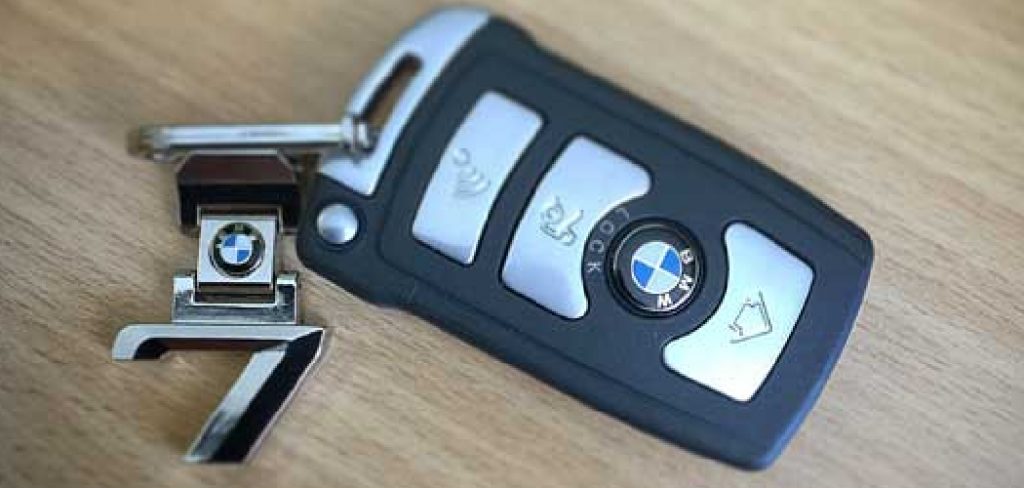
Common Reasons for Resetting a BMW Key Fob
There are several scenarios where resetting a BMW key fob becomes necessary. One of the most common reasons is a loss of synchronization between the key and the vehicle, which can occur over time or after a battery replacement. Additionally, if the key fob is unresponsive or intermittent in locking or unlocking the car, a reset might resolve the issue. Another situation that calls for resetting is when you acquire a new key fob and need to pair it with your BMW. Understanding these common reasons can help identify when a reset is required to maintain the seamless operation of your vehicle.
Understanding BMW Key Fob Types
BMW vehicles come equipped with various types of key fobs, depending on the model and year of production. The most common type is the standard remote key fob, which provides functions such as locking, unlocking, and sometimes opening the trunk remotely. More advanced models feature the BMW Display Key, a high-tech device with an integrated touchscreen that can provide information about the vehicle, including fuel levels and locking status.
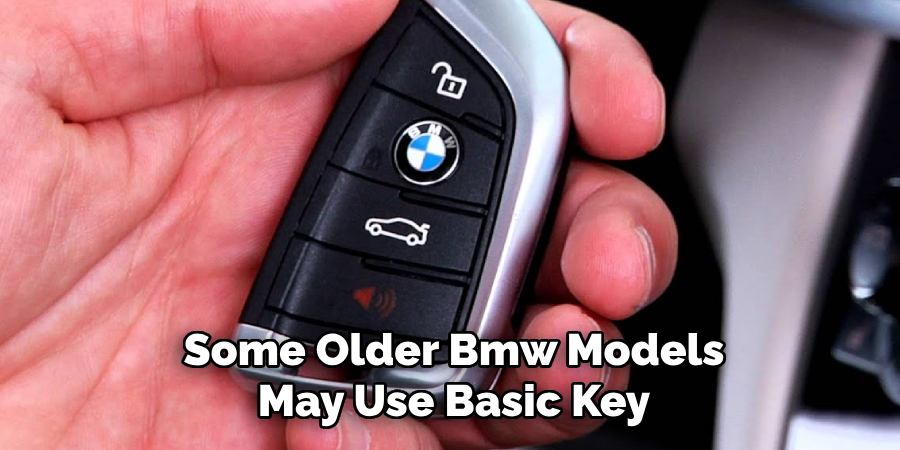
Additionally, some older BMW models may use basic key fobs with minimal functionality, like unlocking the vehicle manually. Understanding the type of key fob you own is crucial for correctly performing a reset and ensuring compatibility with your BMW. Each type may have its unique reset process that aligns with its technological features.
When and Why to Reset a BMW Key Fob
Resetting a BMW key fob is necessary when certain issues arise that disrupt the seamless interaction between your key and the vehicle. For instance, you may need to reset the key fob after replacing its battery, as the synchronization with the car’s system can sometimes be lost during this process. Similarly, if your BMW key fob stops working altogether or reacts inconsistently when attempting to lock or unlock the vehicle, a reset can help restore functionality.
Another common reason for resetting a key fob is integrating a new or replacement key into your vehicle’s system. Ensuring the key is properly synced prevents any inconvenience and keeps your BMW running smoothly. By understanding the timing and reasons for resetting, you can address key fob issues promptly and maintain optimal performance.
10 Methods How to Reset Bmw Key Fob
1. Using the Key Ignition Method
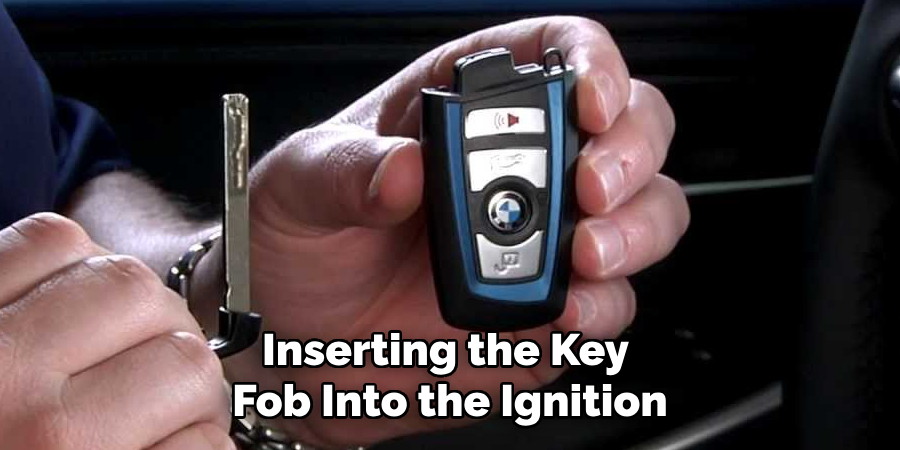
This is one of the most straightforward methods for resetting a BMW key fob. Begin by inserting the key fob into the ignition. Turn the key to position “1”, where the dashboard lights come on but the engine doesn’t start. Within five seconds, remove the key fob from the ignition. While holding the “Unlock” button on the fob, press the “Lock” button three times consecutively. Release the “Unlock” button, and you should see the car’s locks cycle, confirming the reset. This method is widely used for older BMW models.
2. Battery Removal and Reinsertion
Sometimes, the key fob’s internal system may need a simple reboot. Remove the key fob’s battery by opening its casing. Wait for 30 seconds before reinserting the battery. Once the battery is back in place, press and hold the “Unlock” button while simultaneously pressing the “Lock” button three times. Release both buttons and test the key fob’s functionality. This method works well for instances where the key fob stops responding suddenly.
3. Central Locking System Synchronization
BMW key fobs often require synchronization with the vehicle’s central locking system. Start by entering the car and closing all doors. Insert the key into the ignition and turn it to position “1.” Remove the key and press the “Unlock” button. While holding the “Unlock” button, press the “Lock” button three times in quick succession. Release the “Unlock” button and wait for the door locks to cycle, indicating successful synchronization.
4. Resetting via the Onboard Computer
Modern BMW models feature an onboard computer system that allows for easy key fob resetting. Access the vehicle’s onboard computer using the iDrive controller. Navigate to the “Settings” menu and select “Key Settings” or “Reset Key.” Follow the on-screen instructions to reset and pair your key fob. This method is highly efficient for newer BMW models with advanced technology.
5. Manual Programming Sequence
For some BMW models, a manual programming sequence is required. Sit inside the car with all doors closed. Insert the key into the ignition and turn it to position “1.” Remove the key and hold down the “Unlock” button. While holding the “Unlock” button, press the “Lock” button three times. Release the “Unlock” button and repeat the process for any additional key fobs. The locks will cycle to confirm successful programming.
6. Pairing Multiple Key Fobs
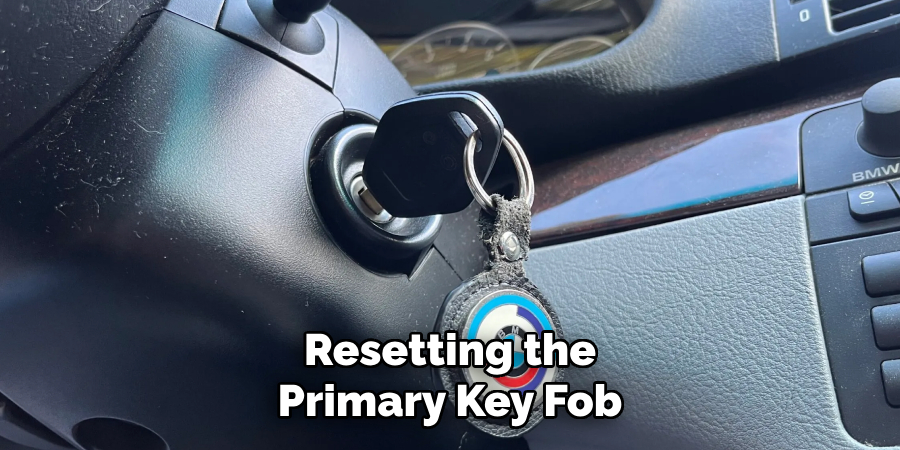
If you have multiple key fobs to reset, you’ll need to pair them simultaneously. Start by resetting the primary key fob using any of the methods above. Once completed, proceed with the secondary fob. Hold the “Unlock” button while pressing the “Lock” button three times. Release the “Unlock” button, and the locks should cycle, indicating that both fobs are now paired.
7. Using a Diagnostic Tool
A diagnostic tool, such as a BMW-specific OBD2 scanner, can simplify the key fob reset process. Connect the diagnostic tool to the car’s OBD2 port. Navigate to the “Key Programming” or “Key Reset” option in the tool’s menu. Follow the prompts to reset and reprogram the key fob. This method is highly effective but may require purchasing or borrowing specialized equipment.
8. Consulting the Vehicle’s Manual
Every BMW model comes with a user manual that includes specific instructions for key fob resetting. Locate the section on key fob functionality and follow the detailed steps provided. The manual often includes diagrams and explanations tailored to your vehicle’s year and model, making it a reliable resource.
9. Dealer-Assisted Reset
If all else fails, visit your local BMW dealership for assistance. Dealers have access to specialized equipment and software to reset your key fob. They can also diagnose any underlying issues with the key fob or the vehicle’s receiver system. While this method may incur a fee, it ensures professional and accurate service.
10. Online Tutorials and Support Forums
Lastly, leverage online resources such as BMW enthusiast forums or video tutorials. Many BMW owners share step-by-step guides and troubleshooting tips for resetting key fobs. Search for content specific to your BMW model and key fob type. These resources can provide valuable insights and alternative methods to address your key fob issues.
Alternative Methods and Tips
When dealing with BMW key fob issues, exploring alternative methods and following practical tips can further streamline the resetting process. For example, keep a spare key fob handy. Having a second key can help you identify whether the issue lies with the fob itself or the vehicle’s receiver system. Additionally, ensure the key fob’s battery is a high-quality replacement, as poor-quality batteries may result in reduced performance or failure.
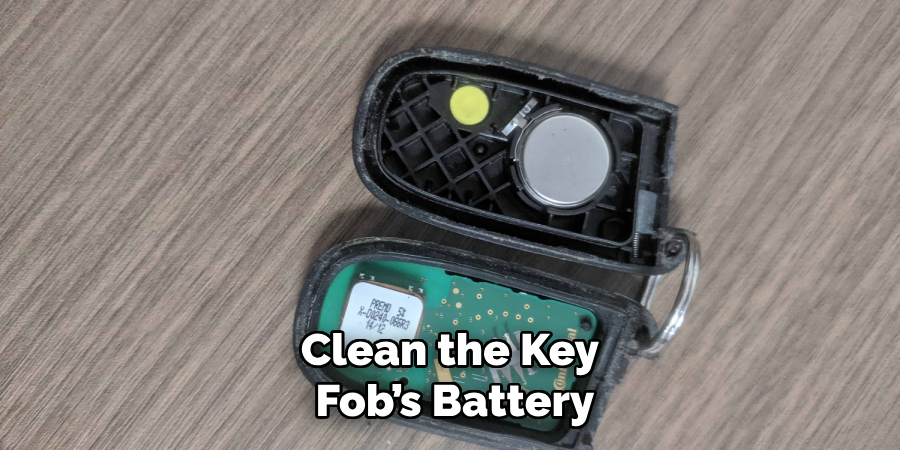
Another useful tip is to clean the key fob’s battery contacts gently with a cotton swab and isopropyl alcohol to remove any dirt or residue that might obstruct power flow. If you suspect software glitches, disconnect the car’s battery for a few minutes to reset the vehicle’s electronics, which may resolve deeper synchronization problems.
Common Mistakes to Avoid
When resetting or troubleshooting a BMW key fob, there are several common mistakes that can hinder the process or cause further complications. Avoiding these pitfalls ensures a smoother and more effective outcome:
- Using the Wrong Battery Type
One of the most frequent mistakes is replacing the key fob’s battery with an incorrect type or low-quality variant. Ensure you use the exact battery recommended in your vehicle’s manual to maintain optimal performance.
- Skipping Key Synchronization
After inserting a new battery, many users forget to synchronize the key fob with the vehicle. Failing to complete this step often results in the key fob remaining unresponsive.
- Rushing Through Steps
The key fob resetting process requires precise timing, especially when performing button sequences. Pressing buttons too quickly or out of order can lead to unsuccessful attempts.
- Ignoring the Central Locking System Cycle
Many methods rely on the cycling of the vehicle’s locks to confirm successful resetting or synchronization. Skipping this confirmation step may leave users unaware of an incomplete process.
- Not Checking for Physical Damage
If the key fob has been dropped or exposed to moisture, internal damage may be the root cause of the issue. Attempting a reset without addressing physical damage can waste time and effort.
Conclusion
Resetting a BMW key fob can seem daunting, but with the right guidance and understanding of your vehicle’s specific requirements, it becomes a manageable task. Whether you opt for manual programming, use advanced diagnostic tools, or seek help from your dealership, following the outlined steps carefully is key to success. Thanks for reading our blog post on how to reset BMW key fob! We hope you found it helpful and informative.
About
Safety Fic is a distinguished figure in the world of Diy design, with a decade of expertise creating innovative and sustainable Diy solutions. His professional focus lies in merging traditional craftsmanship with modern manufacturing techniques, fostering designs that are both practical and environmentally conscious. As the author of diy, Safety Fic delves into the art and science of Safety Fic-making, inspiring artisans and industry professionals alike.
Education RMIT University
(Melbourne, Australia) Associate Degree in Design (Safety Fic) Focus on sustainable design, industry-driven projects, and practical craftsmanship. Gained hands-on experience with traditional and digital manufacturing tools, such as CAD and CNC software.
Nottingham Trent University
(United Kingdom) Bachelor’s in diyfastly.com and Product Design (Honors) Specialized in product design with a focus on blending creativity with production techniques. Participated in industry projects, working with companies like John Lewis and Vitsoe to gain real-world insights.
Publications and Impact
In diy, Safety Fic his insights on indoor design processes, materials, and strategies for efficient production. His writing bridges the gap between artisan knowledge and modern industry needs, making it a must-read for both budding designers and seasoned professionals.
